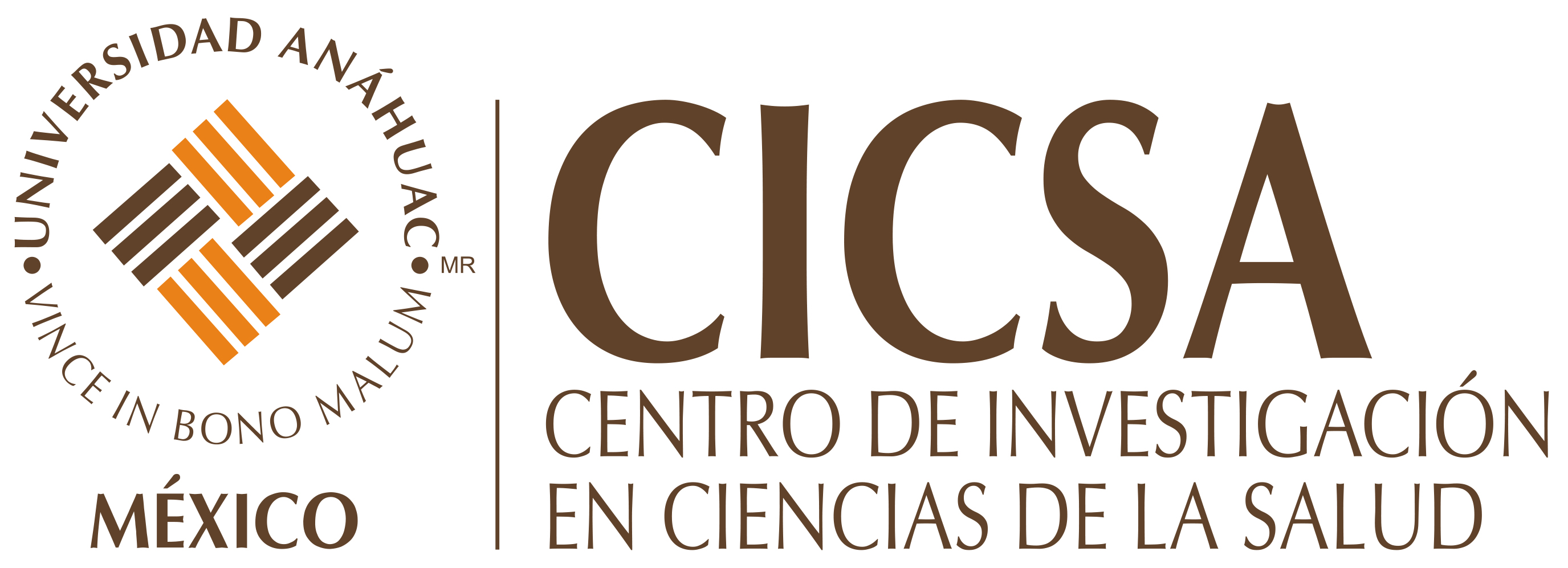Submissions
Submission Preparation Checklist
As part of the submission process, authors are required to check off their submission's compliance with all of the following items, and submissions may be returned to authors that do not adhere to these guidelines.- Proceedings of Scientific Research Universidad Anáhuac. Multidisciplinary Journal of Healthcare uses the Open Journal Systems (OJS), hence all manuscripts sent by authors must be entered in this system. For this, the authors need to register and send their articles together with the Letter of Originality and the Authorization for public communication of literary work (signed and in pdf) in the same submission.
- The submission has not been previously published or submitted for consideration by any other journal (or an explanation has been provided in the Comments to the Editor).
- The submission file is in OpenOffice, Microsoft Word, RTF, or WordPerfect format.
- The text is 12 point font size; italics are used instead of underlining (except in URLs). The entire manuscript double spaced.
- Include full front page
- Name a corresponding author and include their contact details (postal address, email address).
- Include aIncluir la portada debe enviarse en un archivo separado del texto del manuscrito.
- Make sure that all table and figure references in the text match the table and figure files you send.
- Include all figures and captions, tables, images, etc. on separate pages at the end of the document.
- Include declarations of conflict of interest, even when there is no conflict of interest to declare.
- Check that all the citations of the text are in the list of references, and vice versa.
- References according to the Vancouver format.
- Whenever possible, URLs are provided for references. In case you have it, include the DOI as a full URL link, for example: https://doi.org/10.5468/ogs.2016.59.1.1
- Obtain the necessary permissions for the use of material subject to copyright, also for material that comes from the Internet.
Copyright Notice
All the intellectual content found in this publication is licensed to the consumer public under the figure of Creative Commons©, unless the author of said content has agreed otherwise or limited said faculty to "Proceedings of Scientific Research Universidad Anáhuac. Multidisciplinary Journal of Healthcare©" or "Universidad Anáhuac Mexico©" in writing and expressly.
Proceedings of Scientific Research Universidad Anáhuac. Multidisciplinary Journal of Healthcare is distributed under a Creative Commons Attribution-NonCommercial-NoDerivatives 4.0 International License.
The author retains the economic rights without restrictions and guarantees the journal the right to be the first publication of the work. The author is free to publish his article in any other medium, such as an institutional repository.
By being part of indexers, databases and reference systems, the articles published by “Proceedings of Scientific Research Universidad Anáhuac” will be visible and will be downloaded free of charge, not for profit and of a purely academic and scientific nature; in all cases, the moral rights and attribution rights of the authors will always be respected, the date of publication and the number of the journal to which they correspond. All the documents published by “Proceedings of Scientific Research Universidad Anáhuac” can be downloaded from the journal's website https://revistas.anahuac.mx/psrua and from the databases where it is indexed.
Privacy Statement
The names and email addresses provided through this website will be used exclusively for the purposes established in our Privacy Notice.
By submitting this information, I give my consent for the personal data that I provide to be processed, for as long as is appropriate, by the Universidad Anáhuac México, a private institution of higher education that operates in its South Campus through the Universidad Anáhuac del Sur, SC, and in its North Campus through Investigaciones y Estudios Superiores, SC, only for the purposes established in their comprehensive privacy notices, which I state that I know and that were previously made available to me at the internet link: https://www.anahuac.mx/mexico












